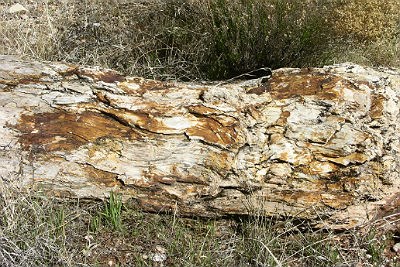
NPS photo / David Tarailo 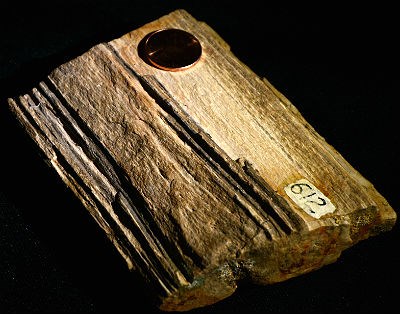
NPS photo / Scott Ireland Learn more about how fossils are made
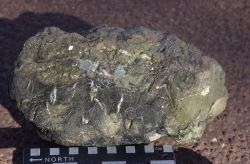
NPS photo / Jenny McGuire 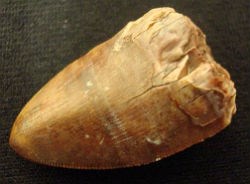

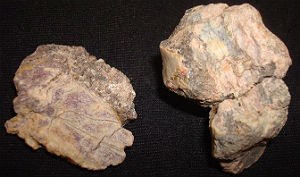
The museum collection also houses armor plates, called scutes, from the primitive Aetosaurus. Other evidence of ancient life found in the Chinle includes burrows of invertebrates and coprolites (fossilized poop). And after years of uncertainty, the source of a small, mystery tooth has been solved.
Learn more about the Chinle Formation
|
Last updated: July 6, 2015
